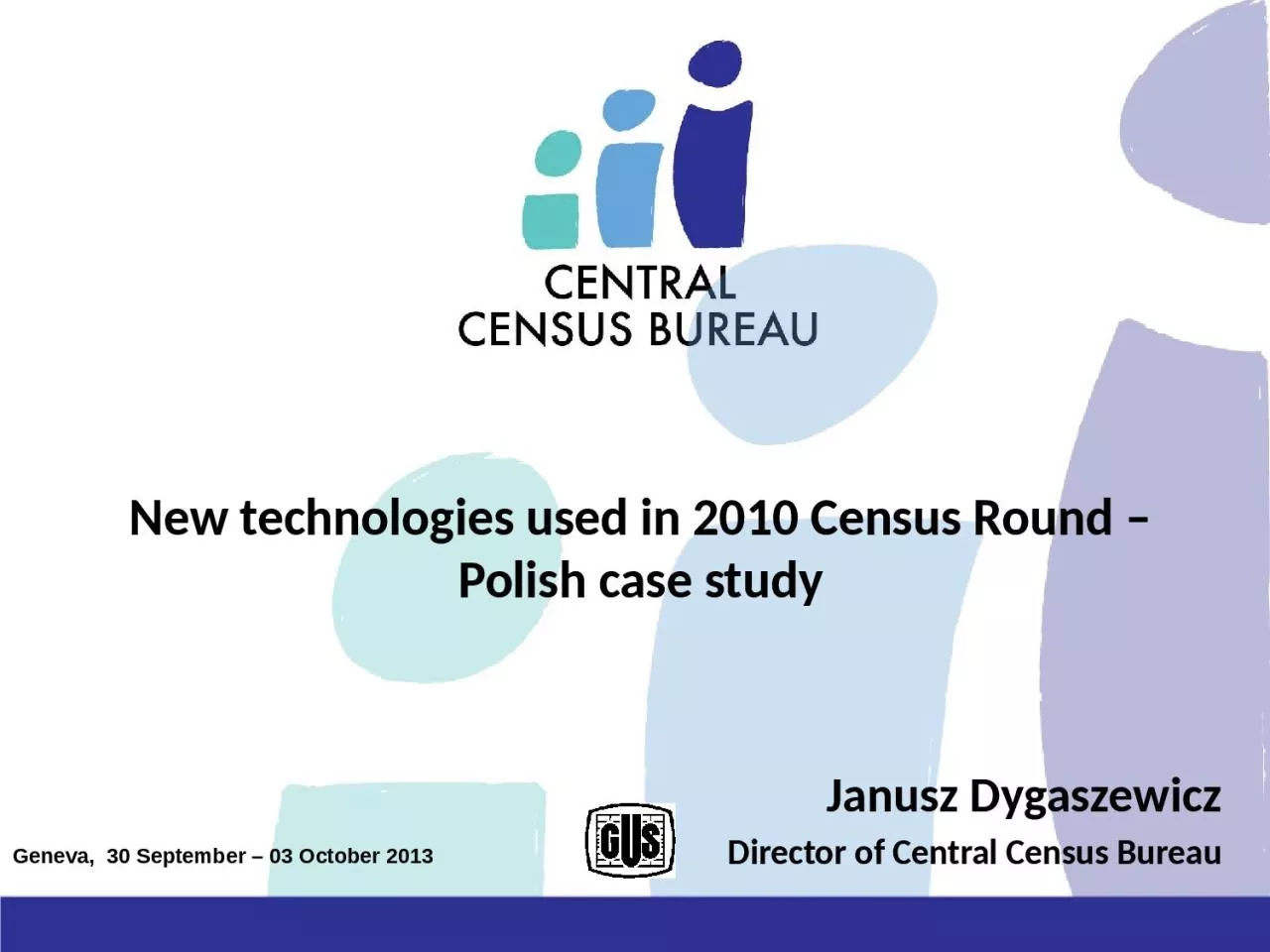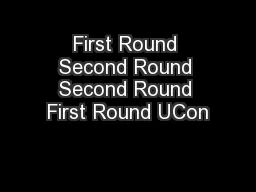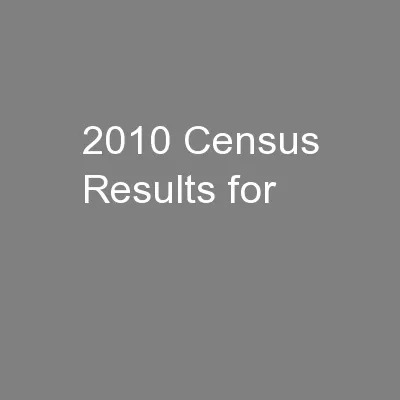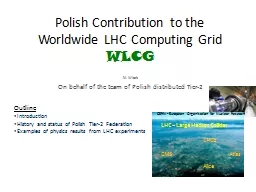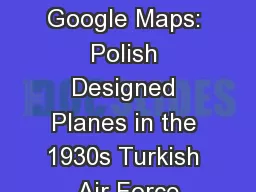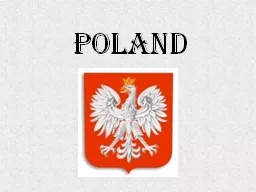PPT-New technologies used in 2010 Census Round Polish case study
Author : slygrat | Published Date : 2020-08-28
Janusz Dygaszewicz Director of Central Census Bureau Geneva 30 September 03 October 2013 Data collection channels in 2010 Census Round Census architecture The
Presentation Embed Code
Download Presentation
Download Presentation The PPT/PDF document "New technologies used in 2010 Census Rou..." is the property of its rightful owner. Permission is granted to download and print the materials on this website for personal, non-commercial use only, and to display it on your personal computer provided you do not modify the materials and that you retain all copyright notices contained in the materials. By downloading content from our website, you accept the terms of this agreement.
New technologies used in 2010 Census Round Polish case study: Transcript
Download Rules Of Document
"New technologies used in 2010 Census Round Polish case study"The content belongs to its owner. You may download and print it for personal use, without modification, and keep all copyright notices. By downloading, you agree to these terms.
Related Documents

